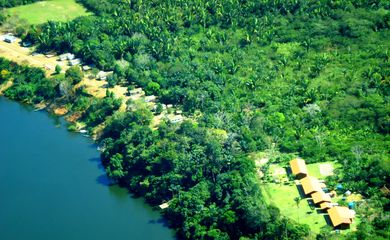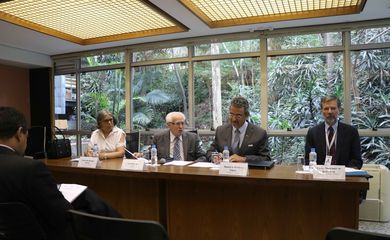Carbon reduction target met earlier in Brazil’s Amazon, Cerrado
Brazil met its voluntary target for the reduction of carbon dioxide gas emissions—the main cause of the greenhouse effect—in the Amazon and the Cerrado ahead of its 2020 deadline. The announcement was made Thursday (Aug. 9), during the Brazilian Forum on Climate Change, attended by President Michel Temer.

In 2017, efforts to cut down deforestation rates in both biomes brought emissions down 610 million tons in the Amazon and 170 million in the Cerrado—or the Brazilian Savannah, as it is often referred to. The original target was 564 million tons in the Amazon and 104 million in the Cerrado.
The target was voluntarily adopted by Brazil in 2010 as part of the 16th session of the Conference of the Parties of the United Nations Framework Convention on Climate Change, held in Cancun, Mexico, according to Thiago Mendes, secretary for climate change and forests with Brazil’s Foreign Ministry: “Brazil’s commitment to the reduction of deforestation was based on cutting down this amount of tons of carbon dioxide,” he pointed out.
“As the world wonders whether it’s possible to have environmental quality and economic growth at the same time, Brazil shows it’s possible to reduce emissions and actually achieve economic development,” Mendes went on to argue.
Protected areas
In addition to decreasing deforestation, the main factors that made it possible to meet the target ahead of time were management of protected areas and the Rural Environment Registration, a digital system in which rural property must be registered in Brazil for the creation of a database for surveillance and efforts to fight deforestation as well as environmental and economic planning in rural areas.
During one of the presentations, the Brazilian president signed a document requesting the Brazilian Forum on Climate Change—linked to the president’s office—to outline the necessary requirements Brazil must fulfill in order to zero net emissions of greenhouse gases as of 2060.
The proposal must be handed in in four months’ time and be based on studies and debates held by a number of sectors of society.
In his address, Temer said the environmental issue was brought under the limelight over the last few decades and argued that this shows mutual understanding between government and society, adding that “the preservation of the environment is the preservation of life.”





